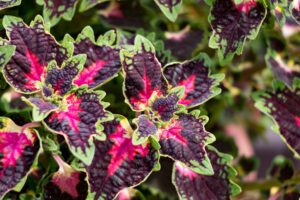This guide will dig into the best crops to plant in October organized into two sections: Vegetables and Herbs. Each plant will be listed according to its suitability for different USDA zones, temperature tolerance, and optimal planting dates.
Vegetables To Plant
With the arrival of cooler weather, several vegetables thrive in the crisp autumn air. October is a prime month for sowing seeds that can tolerate frost and cool temperatures. Here are 20 vegetables to consider planting this month across various USDA zones:
Spinach
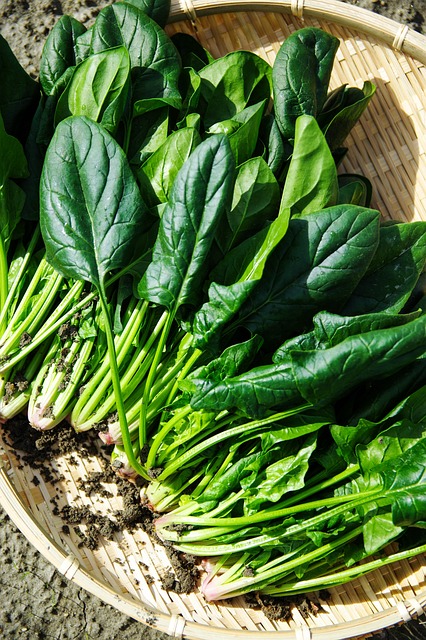
Spinach is a cold-hardy leafy green that can be sown in USDA Zones 3 through 9 in October. It thrives at temperatures between 50°F and 60°F, making October perfect for planting. Plant seeds directly in well-drained soil at a depth of about half an inch, approximately 12 to 18 inches apart. Spinach typically germinates within 5 to 10 days. If you’re in a milder climate (Zones 8 and 9), consider sowing a second batch toward the month’s end for a staggered harvest.
Kale
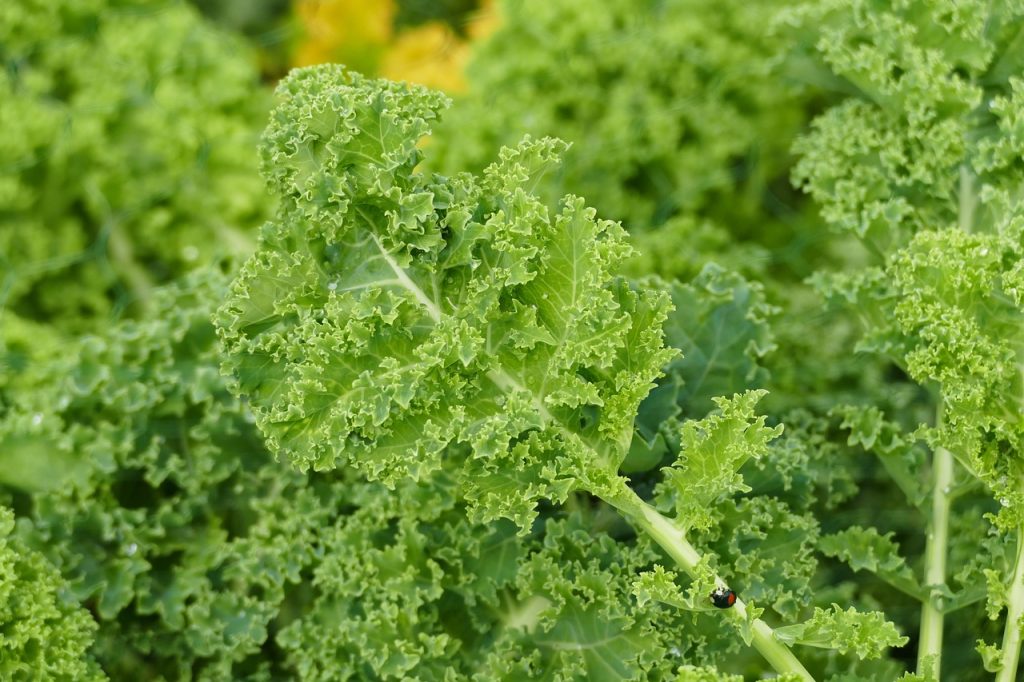
Kale, known for its robust, nutrient-rich leaves, can be planted in USDA Zones 3 to 7 in October. This vegetable is extremely cold-tolerant and can survive temperatures down to 20°F. It’s ideal for direct seeding in well-composted soil. Space the seeds about 12 inches apart and seed at a depth of 1/2 inch. Kale can be harvested several times; simply cut the outer leaves and allow the inner ones to grow.
Radishes
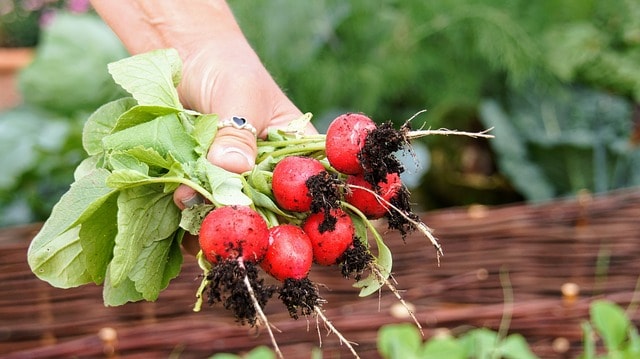
Radishes are a fast-growing root vegetable that thrive in cooler weather. They can be planted in Zones 2 through 9 during October. Radishes prefer soil temperatures between 50°F to 65°F. Plant seeds about 1/2 inch deep and 1 inch apart for quick germination in as little as 5 to 7 days. These crunchy veggies benefit from consistent moisture and will be ready for harvest in 3 to 4 weeks.
Carrots
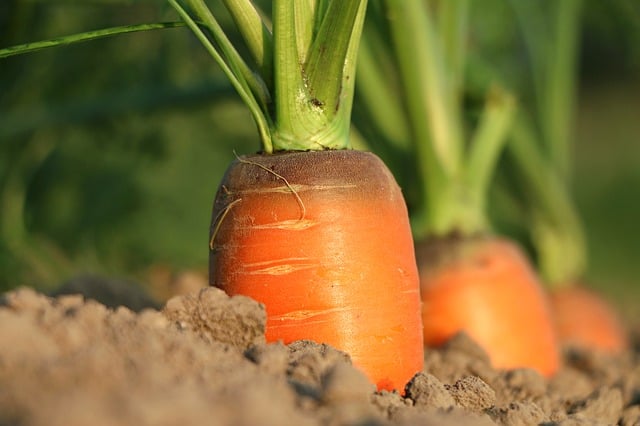
For Zones 3 through 9, October is an excellent time to sow carrot seeds. Carrots prefer a soil temperature of around 60°F. They should be planted about 1/4 to 1/2 inch deep and spaced 1 to 2 inches apart. Their germination may take longer (14 to 21 days), but the wait is worth it as carrots develop their sweetest flavor with exposure to frost.
Lettuce
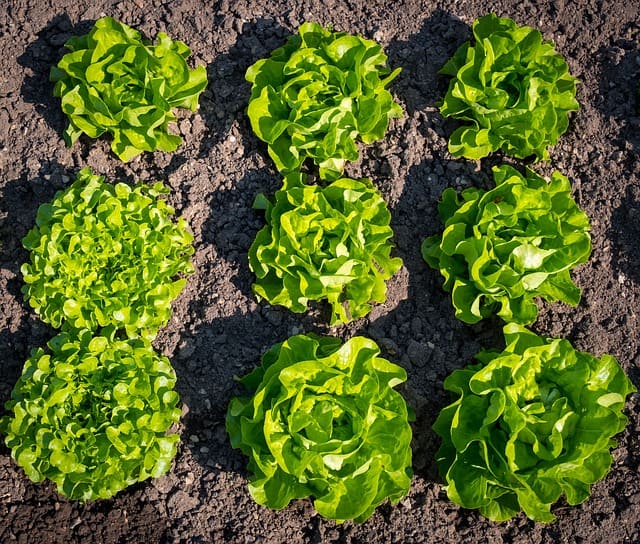
Lettuce varieties such as romaine and butterhead are ideal for planting in October, specifically in USDA Zones 3 to 7. They prefer temperatures between 60°F to 65°F. Dress the beds well with organic compost and sow seeds 1/4 inch deep and 1 inch apart. Lettuce requires consistent moisture for optimal growth and can typically be harvested in 30 to 45 days.
Beets

Beets are another cool-season crop that can be planted in Zones 3 to 9. They thrive in 50°F to 75°F temperatures and should be sown 1 inch deep, 2 to 4 inches apart. Their vibrant roots can be harvested in about 55 to 70 days, but you can also harvest the greens for a tasty and nutritious addition to salads.
Turnips
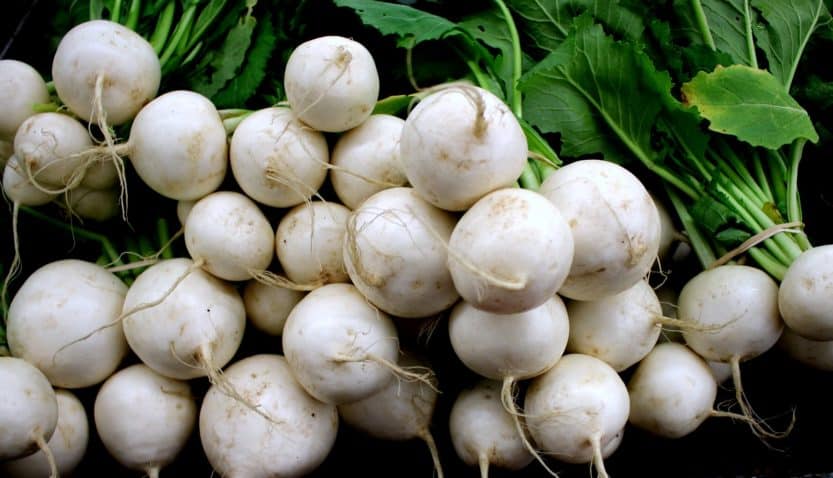
Turnips are versatile and can grow well in Zones 3 to 9 during October. They can endure temperatures as low as 20°F, making them suitable for early fall planting. Sow seeds about 1/2 inch deep and 3 inches apart. Turnips mature in roughly 30 to 60 days, allowing for frequent harvesting of both roots and greens.
Garlic
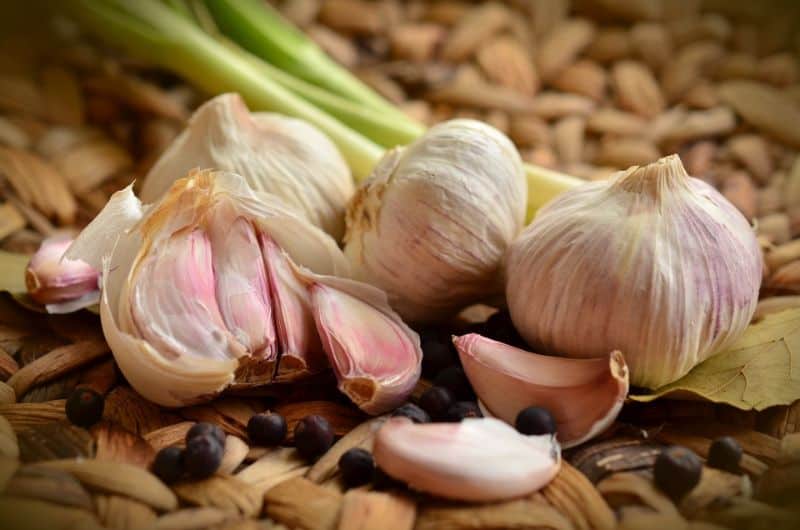
October is the ideal month to plant garlic in USDA Zones 4 to 9. It needs a chilling period to develop properly, so planting now will result in invigorating bulbs come late spring. Plant individual cloves 2 inches deep and 6 inches apart, preferably in well-draining soil mixed with organic matter. Garlic prefers cool temperatures but should be established before the ground freezes.
Broccoli

Broccoli thrives in cooler conditions, making it suitable for planting in Zones 3 to 7 in October. Preferring temperatures between 60°F to 70°F, broccoli can be seeded directly into the soil about 1/4 to 1/2 inch deep. Space seedlings 18 inches apart for optimal growth, and anticipate harvesting in about 60 to 70 days.
Swiss Chard
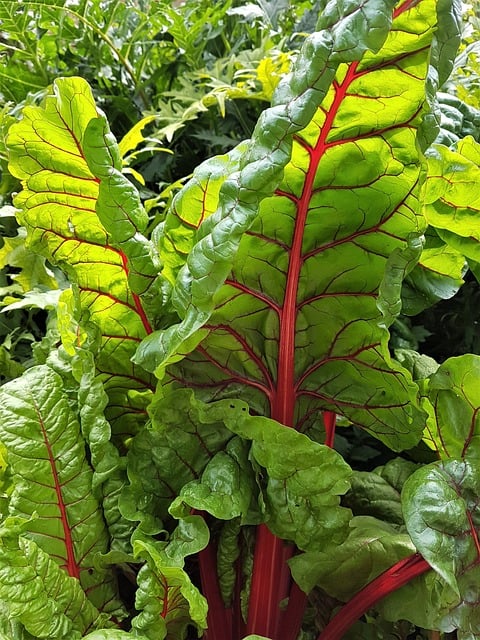
Swiss chard is a resilient leafy green that can be planted in Zones 4 to 8 during October. It tolerates temperatures as low as 20°F and prefers soil that stays moist. Seeds should be sown 1 inch deep and spaced about 6 inches apart. Harvest the outer leaves as needed, and you can enjoy Swiss chard until a hard frost arrives.
Parsnips
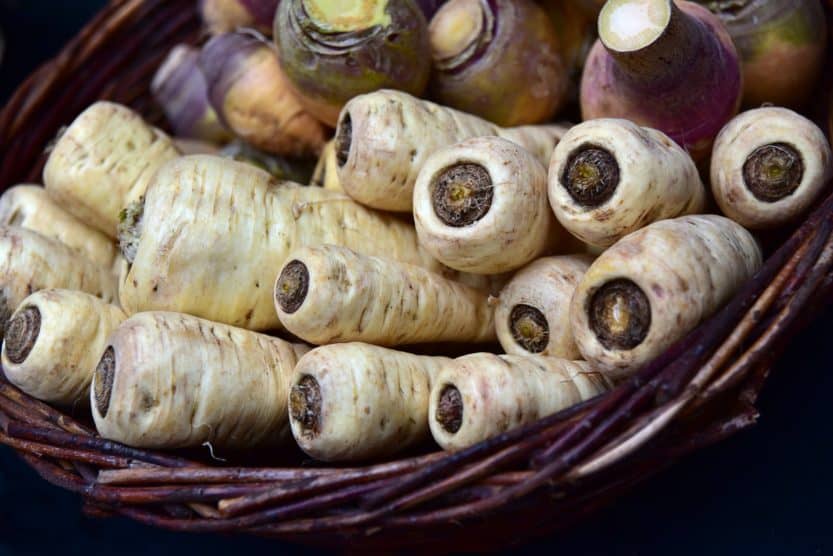
Parsnips are ideal for fall planting in USDA Zones 3 to 7. They prefer a cool growing season and can withstand temperatures down to 20°F. Sow seeds about 1/2 inch deep and 1 inch apart in well-drained soil. Expect germination to take 2 to 4 weeks; the roots can be harvested after a frost, enhancing their sweetness.
Collard Greens
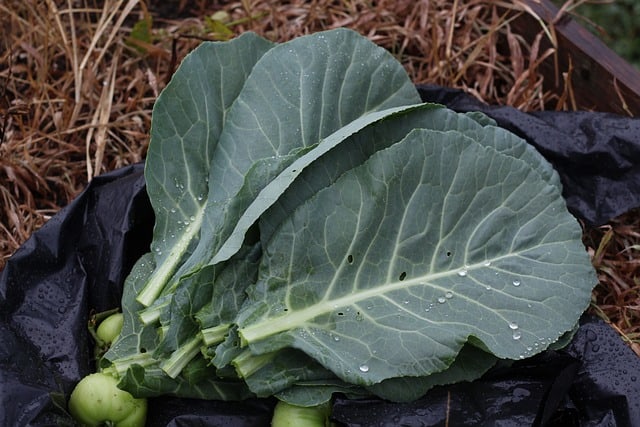
Collards can be planted in Zones 3 through 7 during October. They thrive in temperatures around 60°F to 70°F and should be sown 1/4 to 1/2 inch deep, approximately 12 to 18 inches apart. Collards’ frost tolerance allows them to remain healthy for several months, offering nutritious greens through late fall and into winter.
Mustard Greens
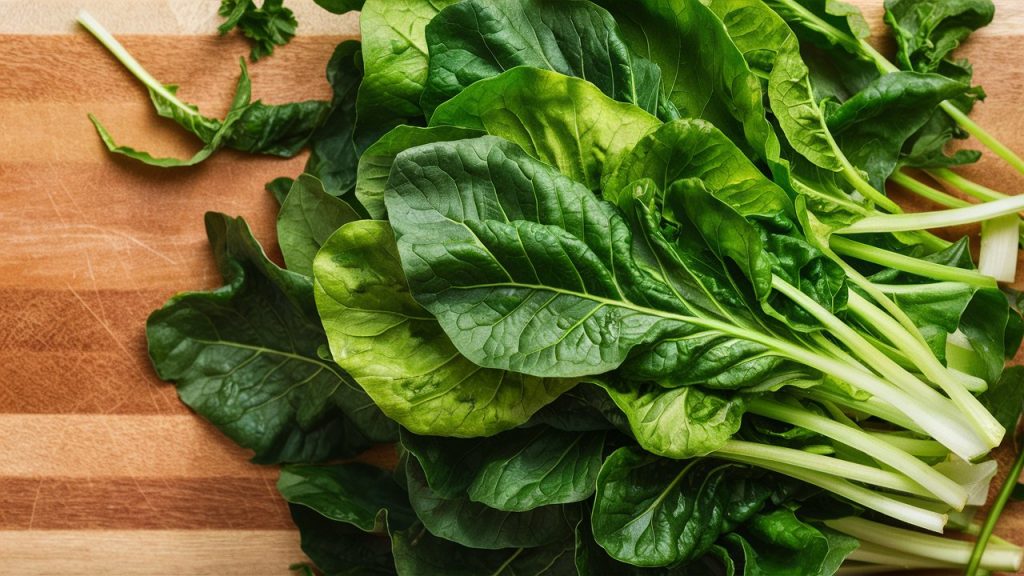
Mustard greens grow rapidly and are well-suited for October planting in Zones 4 to 9. They prefer cool weather and can withstand light frost. Sow seeds about 1/4 inch deep, spacing them 1 inch apart. Harvest can occur in as little as 30 days from germination, providing gardeners with tender greens during the cool months.
Sugar Snap Peas
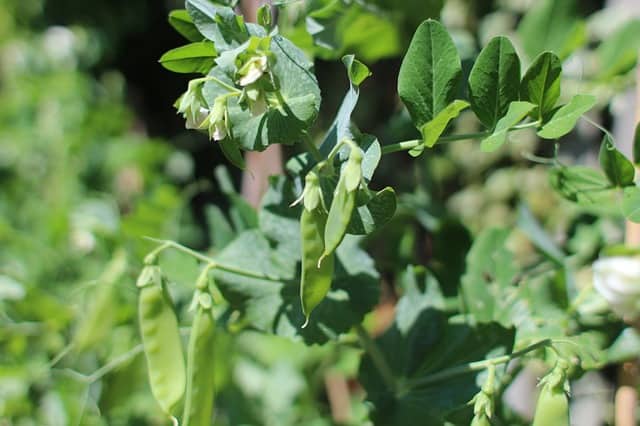
October is ideal for sowing sugar snap peas in Zones 3 to 7. Preferring cooler conditions, these peas can be planted as long as the ground is not frozen. Sow seeds about 1 inch deep and 2 inches apart. Sugar snap peas will yield crops quickly, typically within 60 days, adding both flavor and crunch to your fall harvest.
Kohlrabi
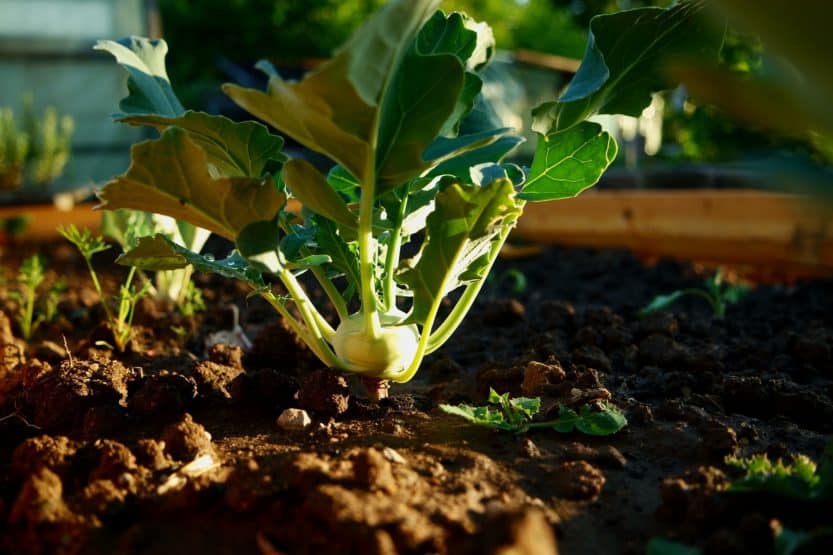
Kohlrabi is a unique vegetable that adapts well in USDA Zones 4 to 9. Best sown in cool weather, it prefers temperatures around 60°F. Plant seeds about 1/4 inch deep and 4 inches apart for optimal growth. Maturing in 50 to 70 days, kohlrabi can be harvested for its crunchy bulb, great in salads or stir-fries.
Celery
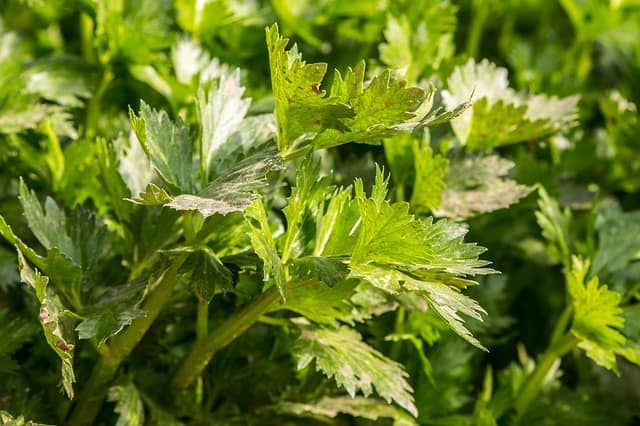
Celery is a cool-loving vegetable that can be planted in Zones 4 to 9 this month. Understanding its preference for mild conditions, celery seeds should be sown indoors or in a protected area until they reach 4 to 5 inches tall, generally taking 8 to 10 weeks to mature. Plant seedlings 10 inches apart in rich, moist soil for best results.
Cabbage
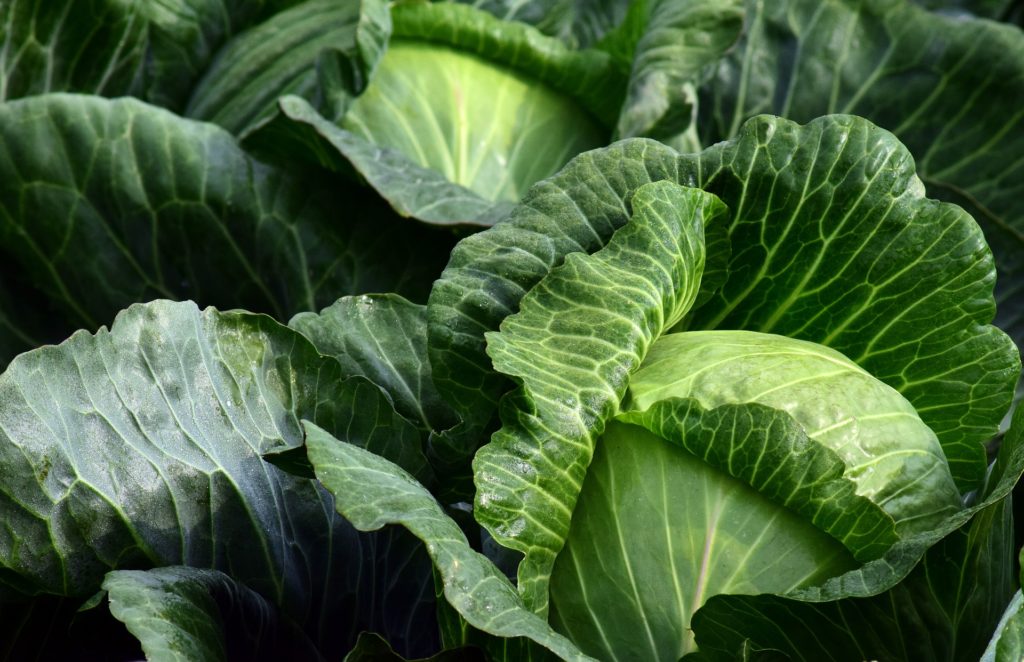
Cabbage can be successfully planted in October in USDA Zones 3 to 7. It handles cool temperatures well, thriving in the 60°F to 70°F range. Typically, plant the seeds about 1/4 inch deep, spacing them 18 to 24 inches apart. With a growth cycle of 70 to 90 days, beginner gardeners will find success with varieties like Napa or green cabbage.
Herbs To Plant
Herbs bring flavor, aroma, and a variety of health benefits to your cooking. October is also an excellent time to plant specific herbs that can handle the cool climate. Below is a guide to 20 herbs suitable for planting in October.
Parsley
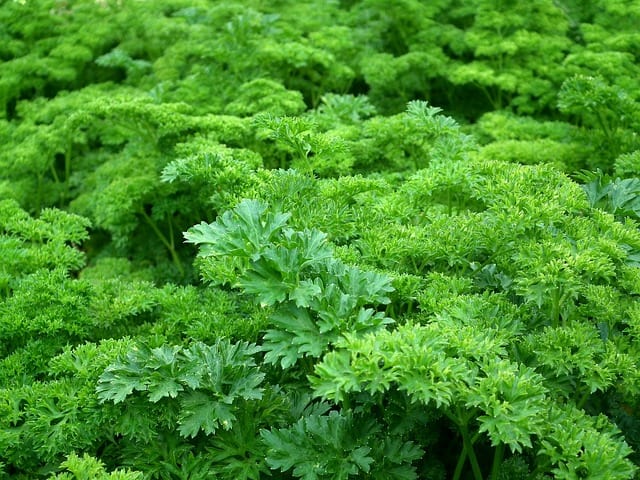
Parsley is a biennial herb that thrives in cooler temperatures, making October a great time for planting in Zones 4 to 9. It prefers a soil temperature around 68°F. Seed should be sown about 1/4 inch deep and spaced at least 6 inches apart. For best results, keep the soil consistently moist, and expect germination within 14 to 30 days.
Thyme
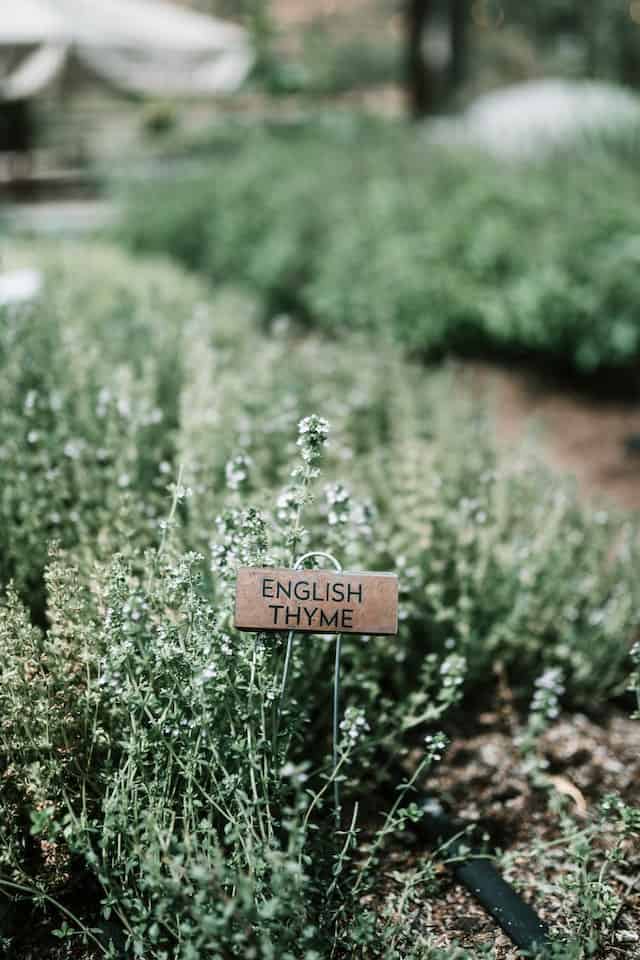
Thyme is a Mediterranean herb well-suited for planting in Zones 4 to 9 in October. It prefers well-drained soil and full sun, tolerating temperatures as low as 20°F. Space seeds about 12 inches apart and plant them approximately 1/4 inch deep. This hardy herb can be harvested year-round as it survives light frosts.
Chives
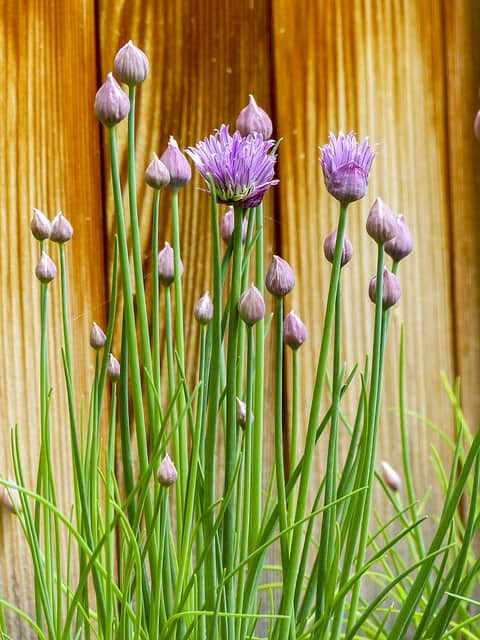
Chives are perennials that can easily be planted in October in zones 3 to 9. They prefer a slightly acidic soil, ideally between 60°F to 70°F. Sow seeds 1/4 inch deep and 1 inch apart in well-drained soil. These herbs can tolerate frost and will flourish again when the spring arrives.
Cilantro
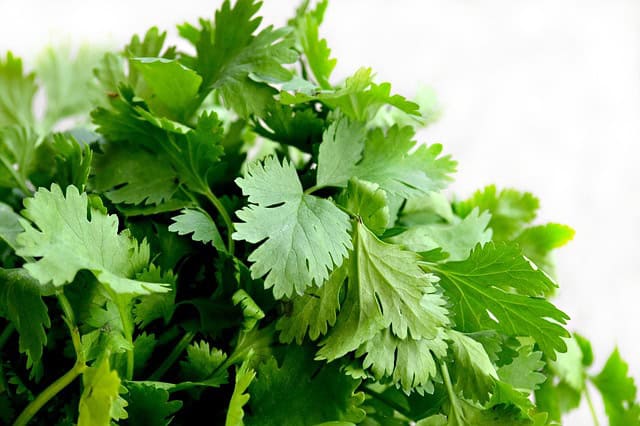
Cilantro grows well in the cooler fall weather of USDA Zones 3 to 9. It thrives in temperatures between 55°F to 70°F. Cilantro seeds should be sown about 1/4 inch deep, spaced 1 to 2 inches apart. Due to its quick growth cycle of about 30 days, you can expect to start harvesting leaves early.
Oregano
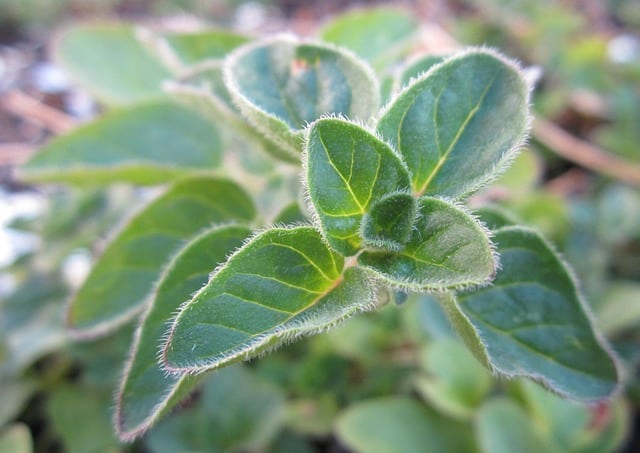
Oregano is suited for planting in Zones 5 to 9 in October. It prefers well-drained soil with full sun exposure and can tolerate light frosts. Plant seeds 1/4 inch deep and 12 inches apart. Once established, oregano is a drought-tolerant herb that can be harvested throughout fall and into spring.
Sage
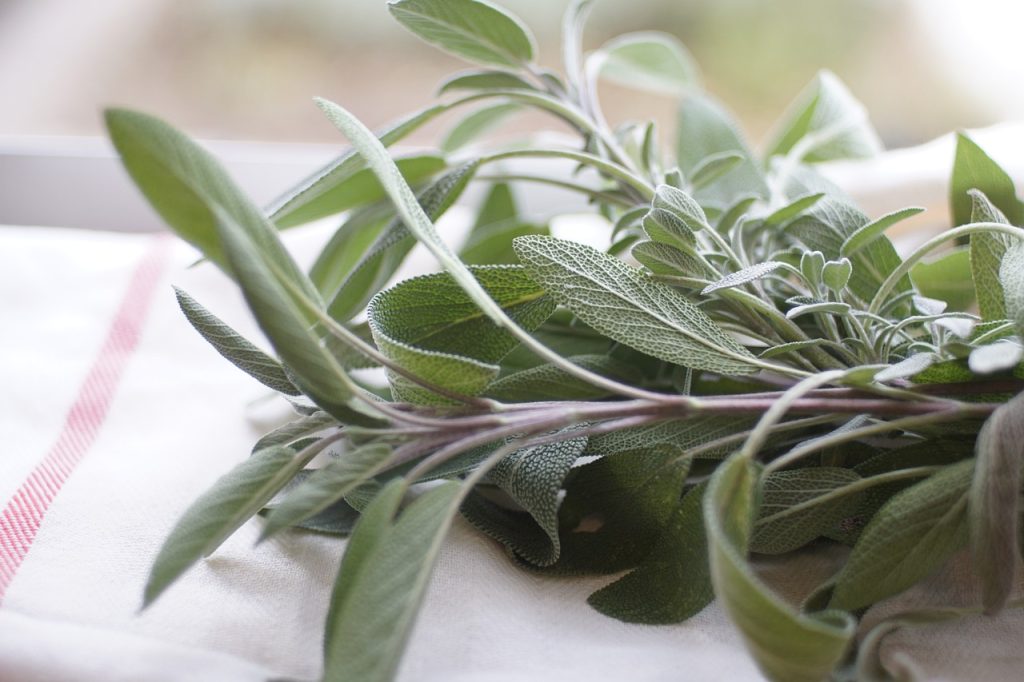
Sage is a versatile herb that can be planted in Zones 4 to 8 during October. This aromatic herb thrives in cooler temperatures and can withstand frost. Seeds should be planted 1/4 inch deep and spaced 12 inches apart. With its robust flavor, sage can be harvested regularly, enhancing numerous dishes.
Dill
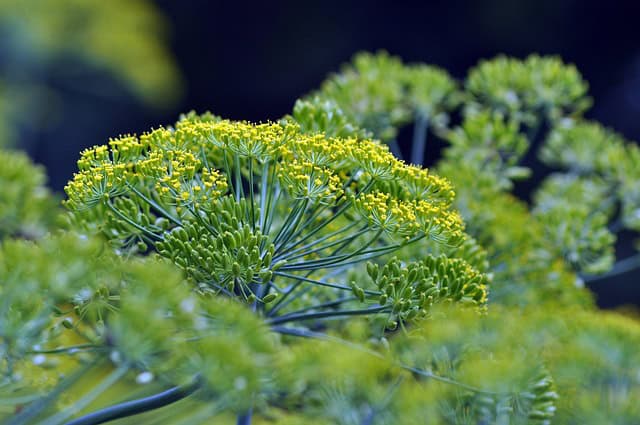
Dill is quick to germinate and can be planted in USDA Zones 3 to 9. It prefers cooler weather and takes about 60 days to fully develop. Sow seeds 1/4 inch deep and 1 to 2 inches apart. Dill will attract beneficial insects to the garden, making it a wise companion plant.
Mint
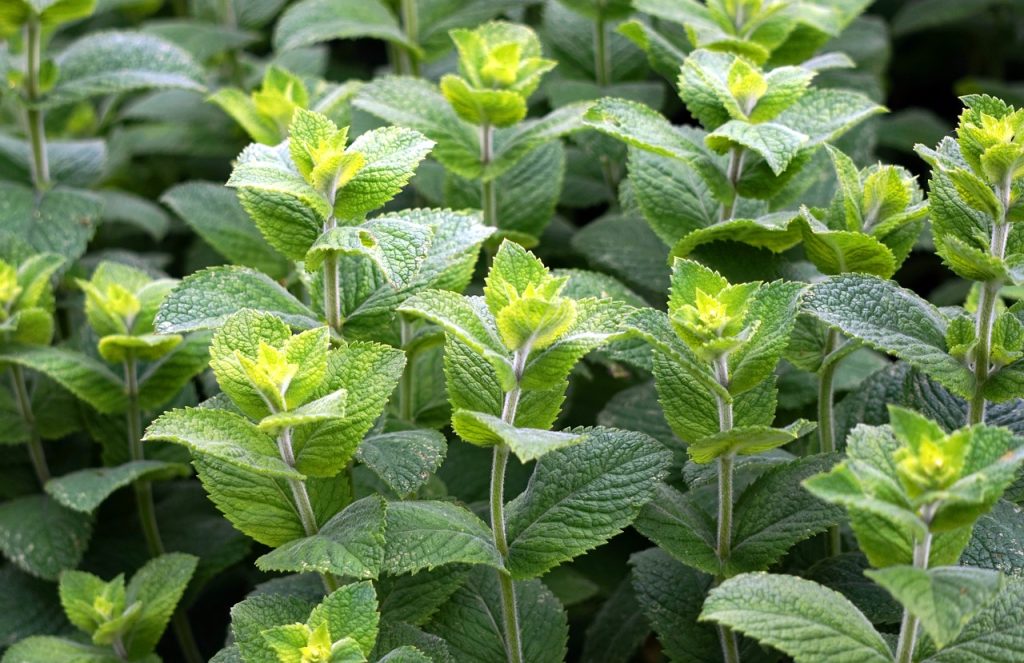
Mint is a hardy perennial that does well in Zones 3 to 9. October planting allows it to establish roots before frost sets in. It prefers partial shade and well-drained soil, and while seeds can be sown 1/4 inch deep, starting from cuttings might yield quicker results. The vibrant leaves can be harvested year-round.
Tarragon
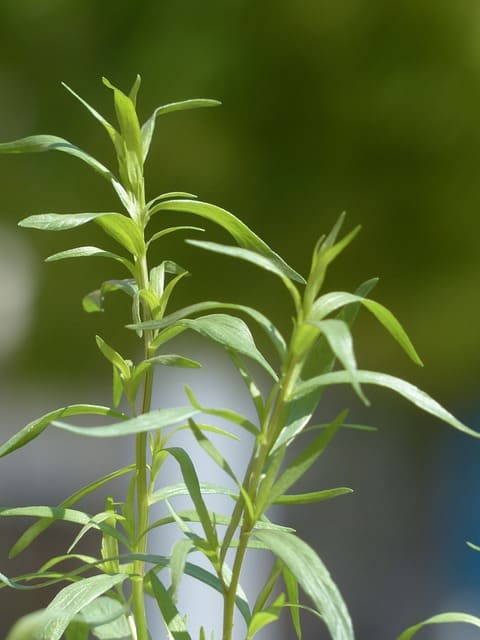
French tarragon thrives in Zones 3 to 7 and is well-suited for October planting due to its preference for cooler conditions. Sow seeds about 1/4 inch deep and spaced 12 inches apart in well-drained soil. This herb may not flower in its first year but will eventually offer aromatic leaves for culinary use.
Basil
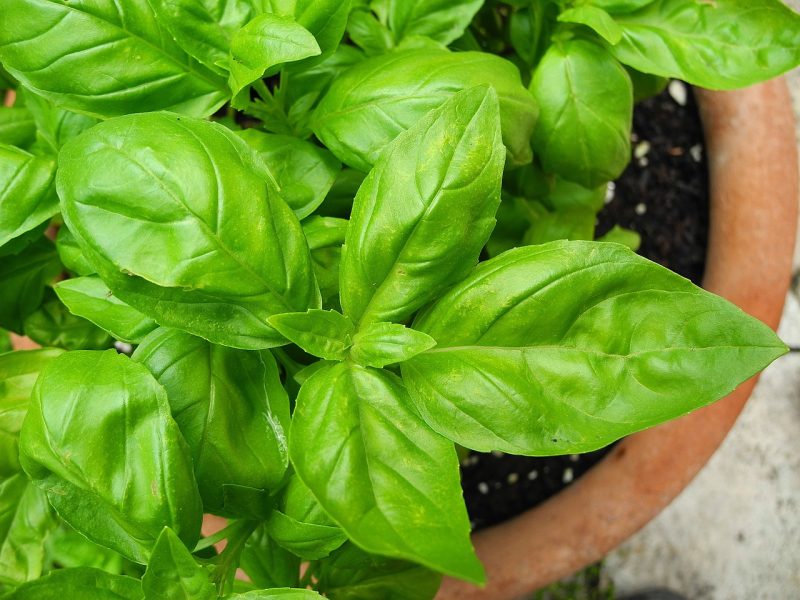
In warmer USDA Zones (8 to 10), basil can still be planted in October, especially if weather conditions remain mild. Seeds should ideally be sown indoors about 1/4 inch deep, then transferred when seedlings reach 3 to 4 inches. Basil thrives in warmth, so be sure to provide ample sunlight for the final stage of growth.
Lemongrass
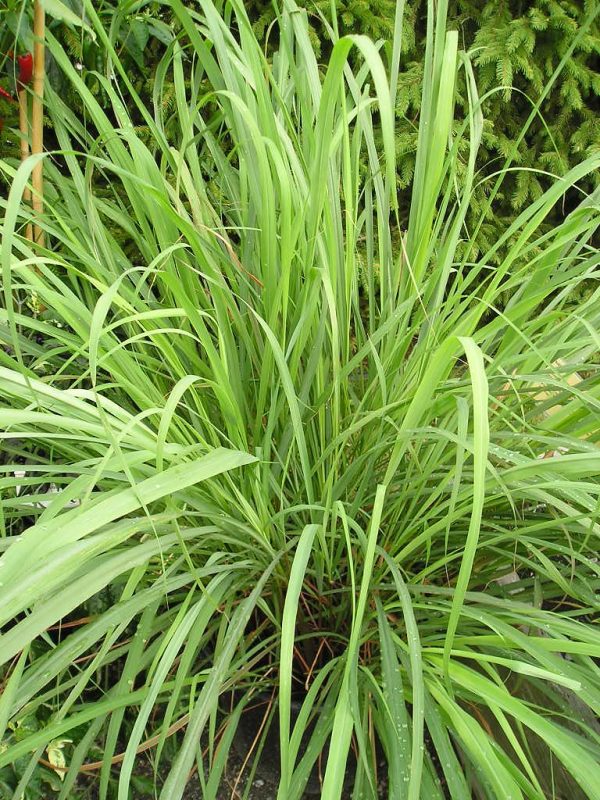
While a tropical plant, lemongrass can be planted in Zones 8 to 11. October planting allows it to establish before cooler temperatures set in. Propagate from stalk cuttings and plant them in well-drained soil about 1/2 inch deep. Keeping them warm and well-watered will ensure good growth for culinary uses.
Fennel
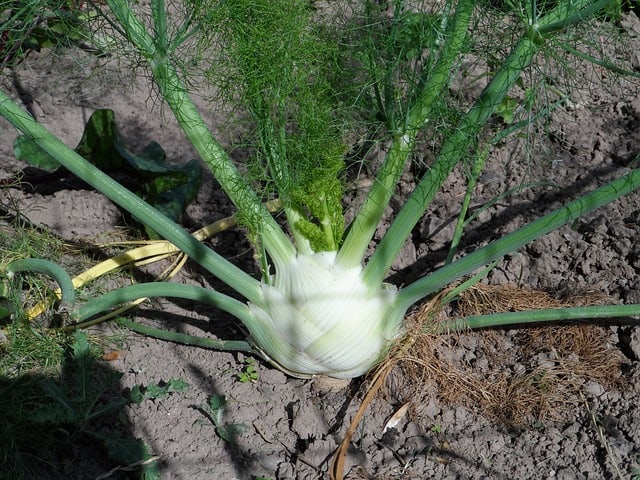
Fennel can thrive in USDA Zones 5 to 9 if planted in October. It prefers cooler temperatures; seeds should be sown 1/4 inch deep and spaced about 6 inches apart in rich soil. Harvest the bulb when it is approximately 3 inches wide, resulting in an aromatic addition to your kitchen.
Rosemary
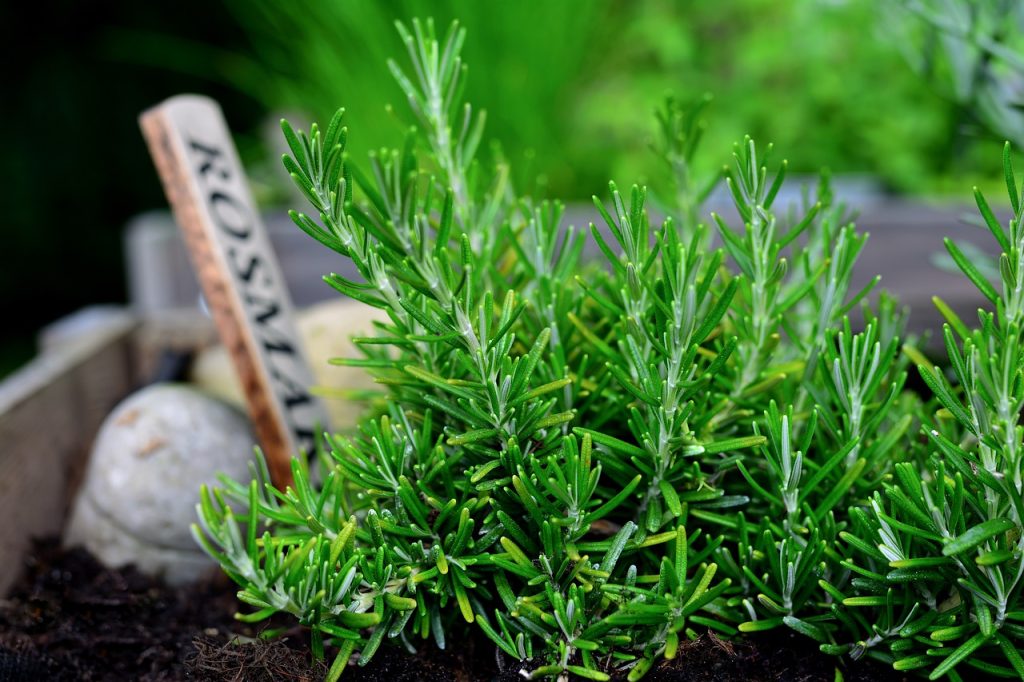
As a perennial herb, rosemary does well in USDA Zones 6 to 10. October promotes a good establishment period before frost appears. This herb should be planted in well-drained soil, about 1/4 inch deep and spaced at least 12 inches apart. Rosemary thrives with minimal water, making it a low-maintenance addition to the garden.
Marjoram
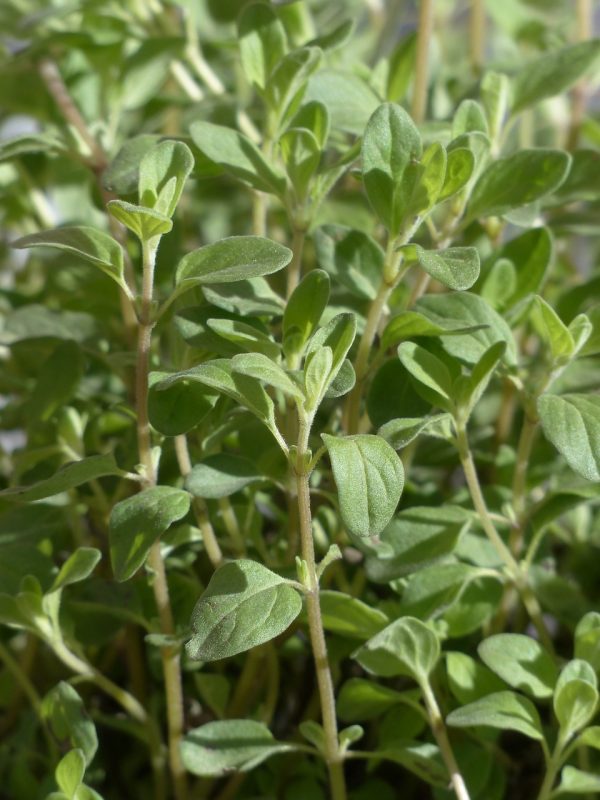
Marjoram can be planted in Zones 5 to 9 during October. This herb prefers mildly cool temperatures and well-drained soil. Space seeds about 12 inches apart and plant them 1/4 inch deep. With its aromatic leaves, marjoram can enhance various culinary dishes and serve as a seasoning.
Basil (Greek)
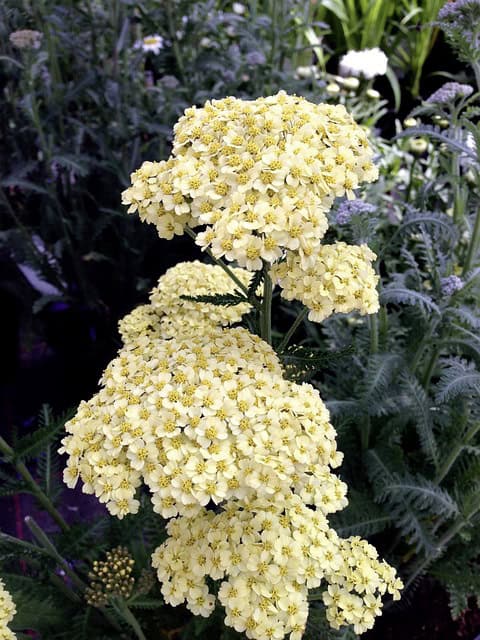
The Greek variety of basil can thrive in warm climates (Zones 8 to 10) if planted in October. It prefers direct sunlight and warm soil conditions, so consider starting seeds indoors before transplanting. Make sure to water regularly as leaves develop for a bountiful harvest.
Bay Laurel
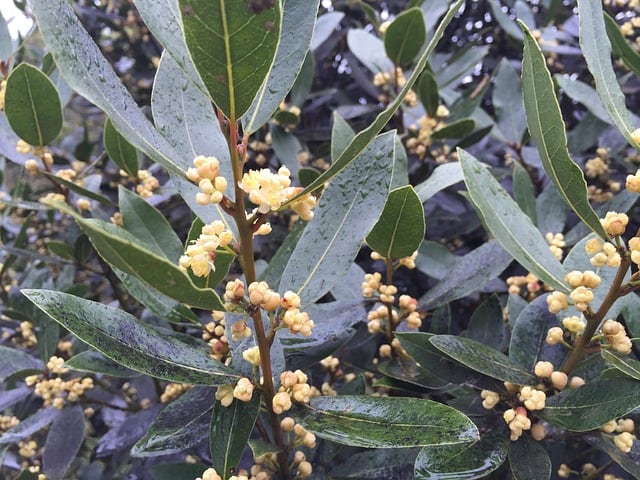
For gardeners in USDA Zones 8 to 11, bay laurel can be planted in October, as it requires milder temperatures. This slow-growing evergreen herb can thrive in well-drained soil, and while it likes partial shade, adequate sunlight is key for a robust flavor profile in culinary uses.
Lovage
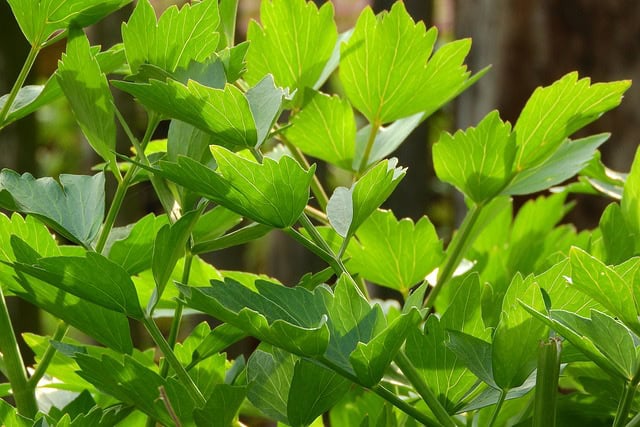
Lovage is suitable for cooler Zones 4 to 8, where it can be planted in October. This unique herb resembles celery and grows best when temperatures are cool. Sow seeds about 1/4 inch deep and spaced 6 inches apart in rich, moist soil. It can be harvested for both its leaves and roots.
Chamomile

Chamomile can thrive in Zones 3 to 9 and is ideal for planting in October. This herb prefers sunlight and can tolerate some shade. Seeds should be scattered on top of well-drained soil, lightly pressing them in without burying them too deep. Expect flowering plants in the following spring.
Hyssop
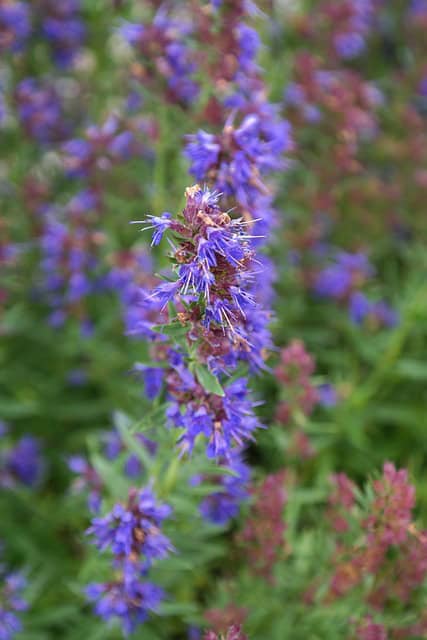
Hyssop can be planted in USDA Zones 4 to 9 during October. It’s a hardy perennial that tolerates poor soil conditions, making it accessible to gardeners with less than perfect soil. Space seeds about 18 inches apart, as they can grow tall and bushy. With a flavor profile reminiscent of mint, hyssop can be enjoyed in beverages or culinary dishes.




